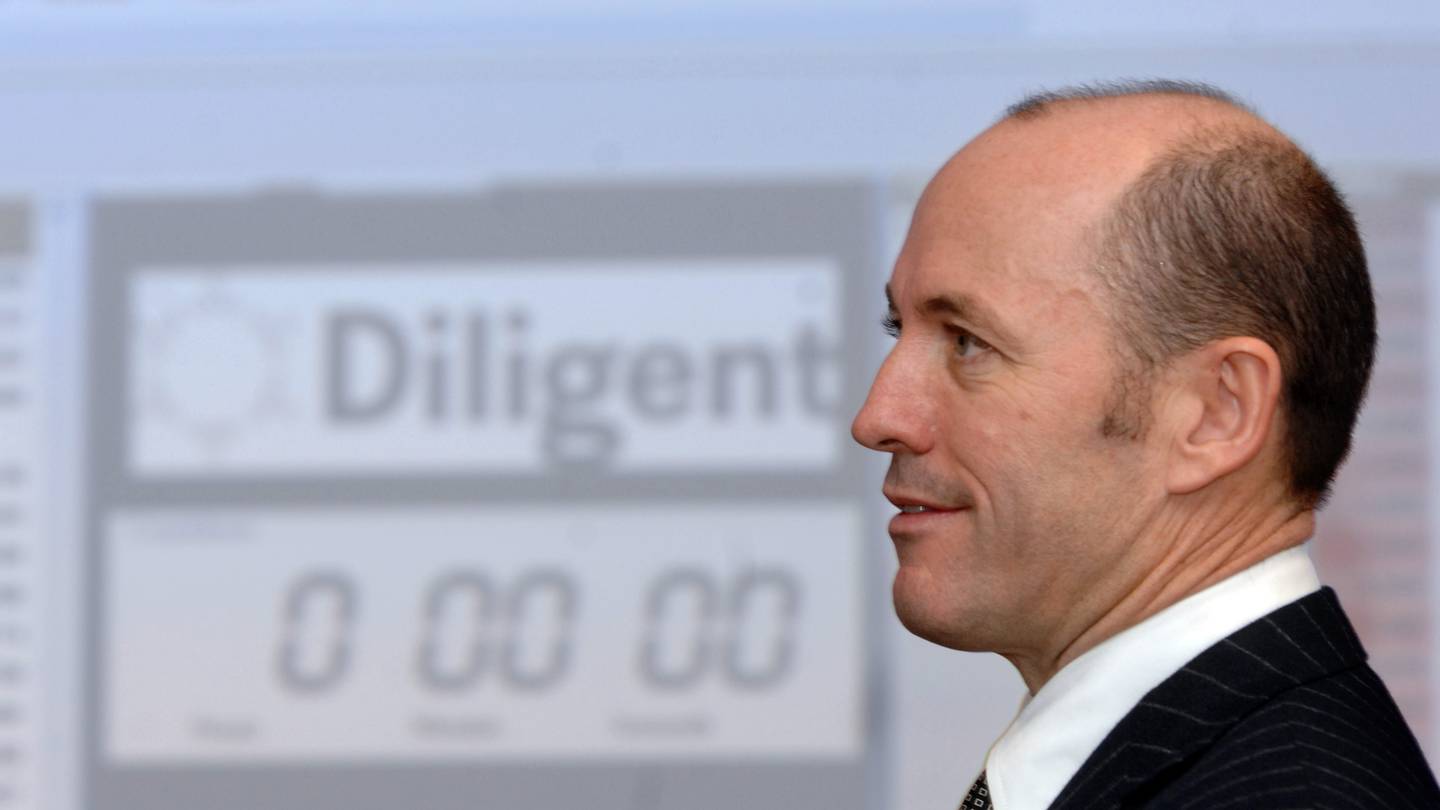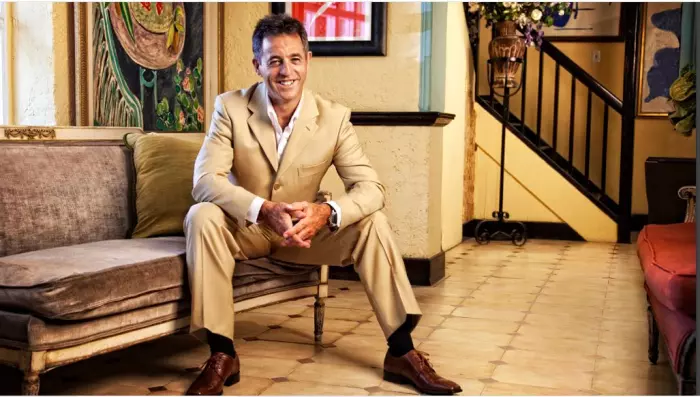A negative feature of NZX IPOs is that they are regularly structured to benefit existing shareholders rather than the new investors or the issuing company.
My Food Bag is a good example of this as its main achievement to date has been to obtain a high price for the existing shareholders who were selling out.
Another common IPO structure is one that enables promoters to sell assets into newly listed companies at inflated prices. There have been a huge number of these on the NZX, with Energycorp Investments being one of the worst examples.
Energycorp Investments
Energycorp Investments issued a prospectus on Jan 30, 1987, for an IPO that was organised and underwritten by the small Rotorua broker Franklin Holmes & Co. The offer was for 12 million shares at $1 each.
The capital was raised from the following sources:
- 4 million shares were issued to the Henry and Bates families.
- 4.8 million shares were issued to Caxton Equities, which was owned by John Spencer, the country’s richest man at the time.
- 3.2 million shares went to the public.
Post the IPO, Energycorp had 12 million shares and the $12 million raised was distributed as follows:
- $4.7m for the purchase of 100% of Heat Harness Corporation
- $4.5m for the repayment of Heat Harness debt, including $1.1m to Heat Harness shareholders
- The remaining $2.8m funded the IPO and provided working capital for Heat Harness.
In addition, former Heat Harness shareholders received 12 million free Energycorp options, exercisable at $1.25 each; Gerald Henry received seven million of these.
Heat Harness
Energycorp was effectively paying $9.2m for Heat Harness, which had supposedly developed some kind of a system that converted wood into low-cost energy. Gerald Henry, who was the largest former Heat Harness shareholder, was appointed deputy chairman of Energycorp and his brother Brian, who was also a former Heat Harness shareholder, became group sales director of the listed company.
The wood-burning equipment was invented by Gerald and Brian’s father, who had an arrangement whereby he continued to receive unspecified royalties on it until Oct 2001.
A note in the prospectus disclosed that Gerald Henry had been associated with six failed companies.
Neil McLaughlin, managing director of the high-flying NZX-listed Baycorp Holdings, was chairman of Energycorp. This gave the company unwarranted credibility.
Energycorp listing
Energycorp listed on March 5, 1987, and closed at $1.35 that day, a 35% appreciation over the issue price. Its share price continued to rise over the winter months and reached an all-time high of $4.50 on Sept 16, 1987, just over a month before the 1987 market crash.
On Feb 5, 1988, McLaughlin suddenly resigned from the board just five days after the company had reported a net profit after tax of $3.47m for the Sept 1987 year. Its share price plunged from $2.30 to just five cents and the Bank of New Zealand appointed a receiver on Feb 11.
A balance sheet released to the NZX on Feb 29, 1988, showed that Energycorp had term liabilities of $22m, current liabilities of $14.8m and negative shareholder funds. It had a corporate jet and 30 BMWs for its sales representatives, yet it hadn’t seemed to sell any wood burners.
 Brian Henry. Photo: NZPA
Brian Henry. Photo: NZPA
Epicorp Investments
Energycorp’s net profit of $3.47m for the Sept 1987 year was derived from Epicorp Investments, an NZX-listed company.
Energycorp promoted the IPO of Epicorp, which listed on the stock exchange on Aug 26, 1987, after raising $12m. Energycorp sold its 80% shareholding in Electronic Development and Marketing to Epicorp for $4.8m – recording a $4m profit on the sale – and then purchased $4.8m worth of Epicorp shares.
This was a classic paper-shuffling exercise as Energycorp recorded a $4m profit even though its cash position remained unchanged.
Epicorp Investments was placed in receivership on Feb 23, 1988, less than six months after listing on the NZX.
True to form, the NZX took no action against parties associated with Energycorp Investments or Epicorp Investments.
Epilogue
The Henry brothers were both declared bankrupt after the Energycorp and Epicorp debacles. They moved to the United States, where Gerald was convicted of fraud and sentenced to four years in prison in 1996.
Brian appeared back on the NZX as CEO of Diligent Board Member Services when it listed on Dec 12, 2007. However, six days after listing, Henry resigned as CEO but remained on the board following media revelations that he had been associated with Energycorp Investments and this hadn’t been disclosed in the Diligent prospectus.
Diligent’s share price collapsed, but recovered strongly before the company was acquired in 2016.
Meanwhile, in 2014, Brian Henry admitted to six market-manipulation breaches in relation to Diligent shares and was required to pay a $130,000 penalty.
High Court judge Geoffrey Venning wrote in his judgment: “The conduct that Mr Henry engaged in undermines the development of a fair, efficient and transparent financial market. Such market manipulation is likely to undermine the integrity of the NZX and jeopardise the confidence of both overseas and domestic investors in the NZX security markets.”
The judge was spot on. The NZX would be in a far stronger position today if it had had the foresight and leadership to take actions against the huge number of shonky IPOs over the past four decades, including Energycorp and Epicorp.
Disclosure of interests: Brian Gaynor is a non-executive director of Content Limited, the publisher of BusinessDesk, and of Milford Asset Management.














